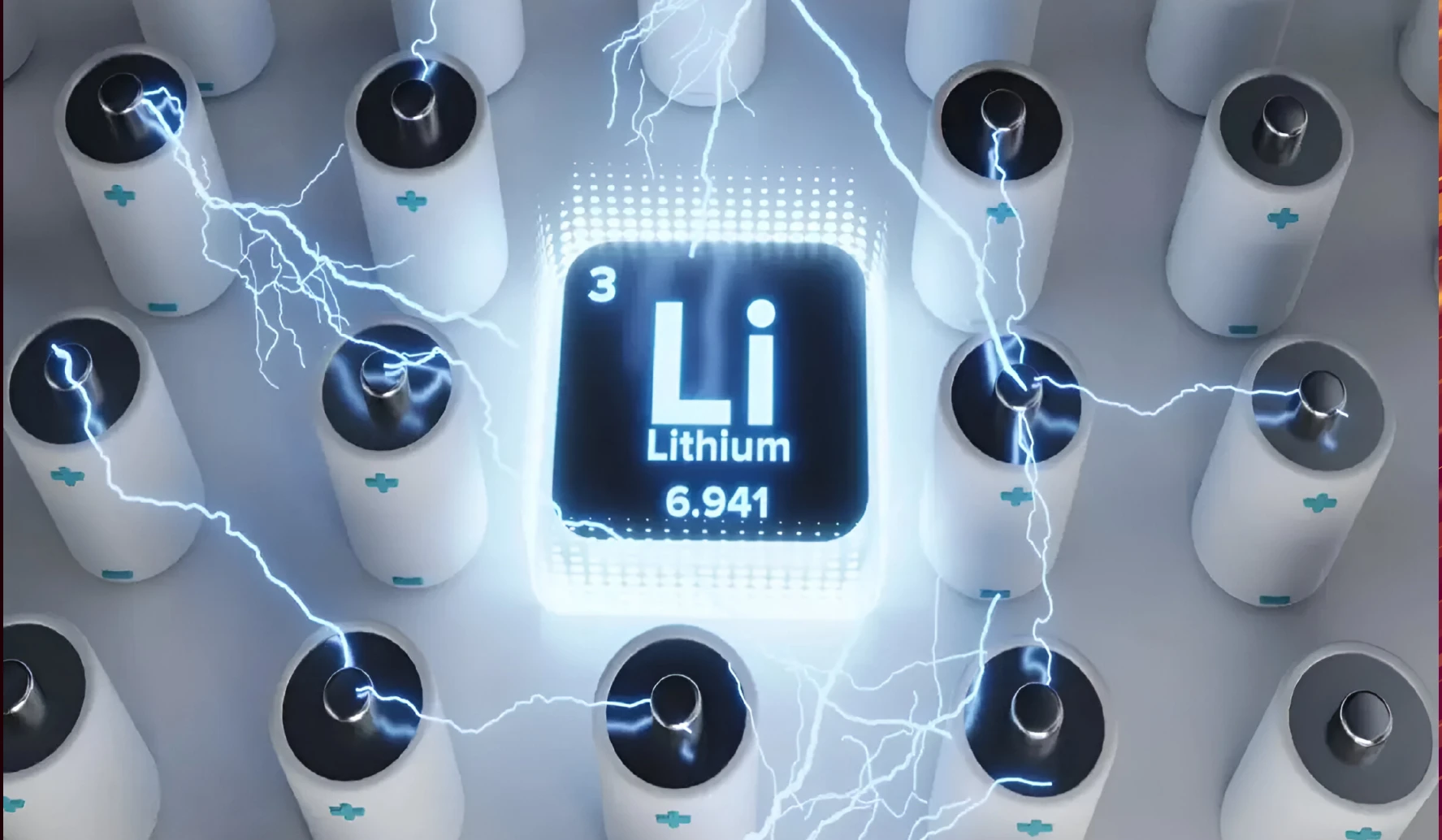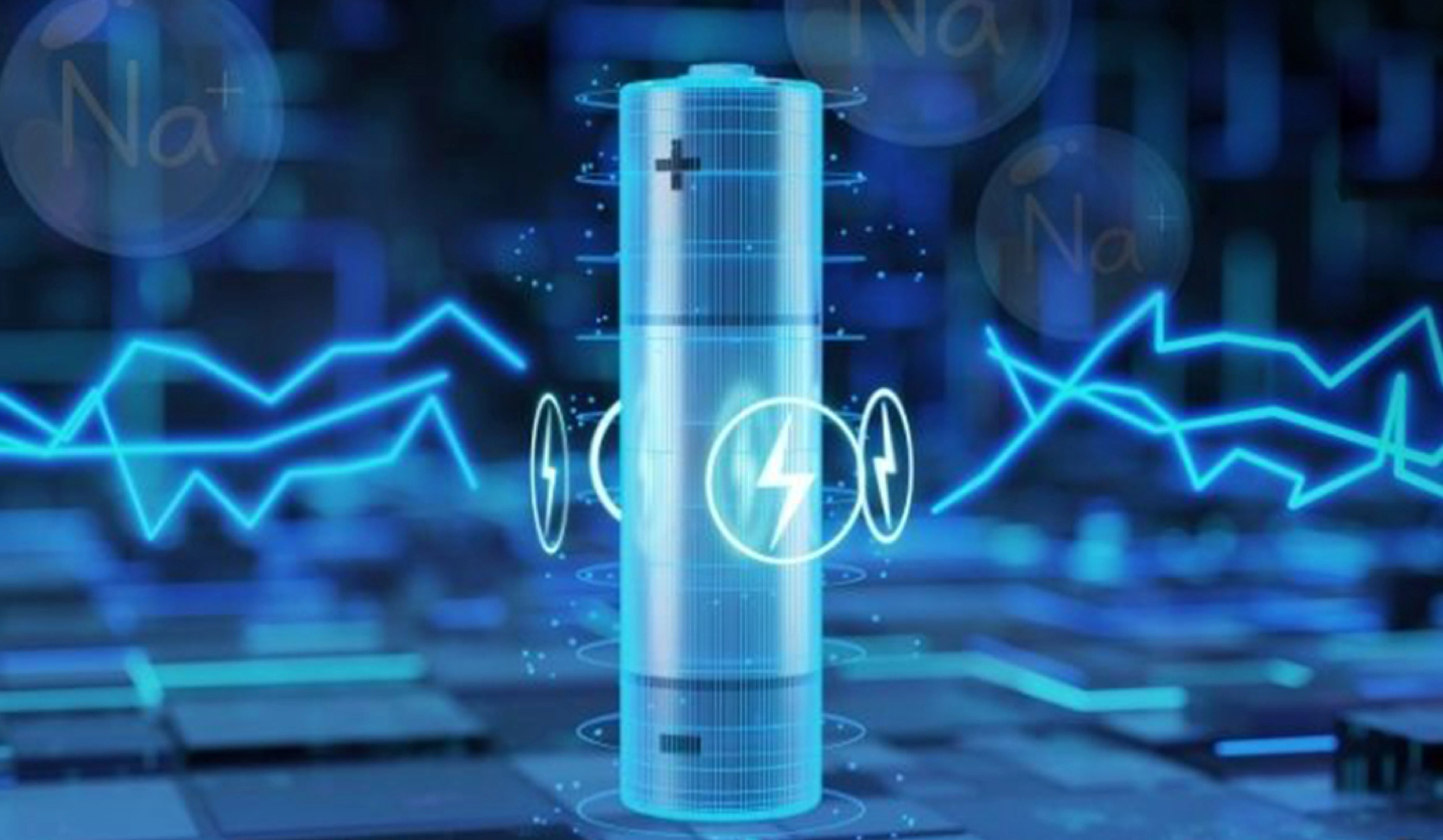Flow Batteries, along with solid state batteries, are one of the next generation battery technologies and are emerging as an alternative to lithium-ion for grid-scale applications, offering flexibility, longevity, and safety.
About Next Generation Battery Technologies
- Flow Batteries: Flow batteries are powered by reduction-oxidation (redox) reactions and involve two different liquid electrolytes that pass ions or protons back and forth through a porous membrane.
- These batteries can store larger amounts of energy—as much as the size of the electrolyte cells can contain—and don’t use flammable or polluting materials.
- Types of Flow Batteries: Vanadium Redox, Zinc–Bromine, Iron–Salt/Organic systems.
- Solid-State Batteries: These use solid electrolyte solutions, which don’t need a different separator.
- It makes them safer because they are less prone to leakage from damage or swelling in hot temperatures.
Significance of Next Generation Battery Technologies
- Suitable for grid-scale energy storage due to independent scaling of power and energy capacity.
- Provides an alternative to lithium-ion batteries, as it diversifies material dependency and enhances supply chain security.
- Used in power management, pumps, grid energy storage, etc.
- Provides Long-Duration Energy Storage (LDES) solutions, enhancing renewable energy integration and grid resilience.






